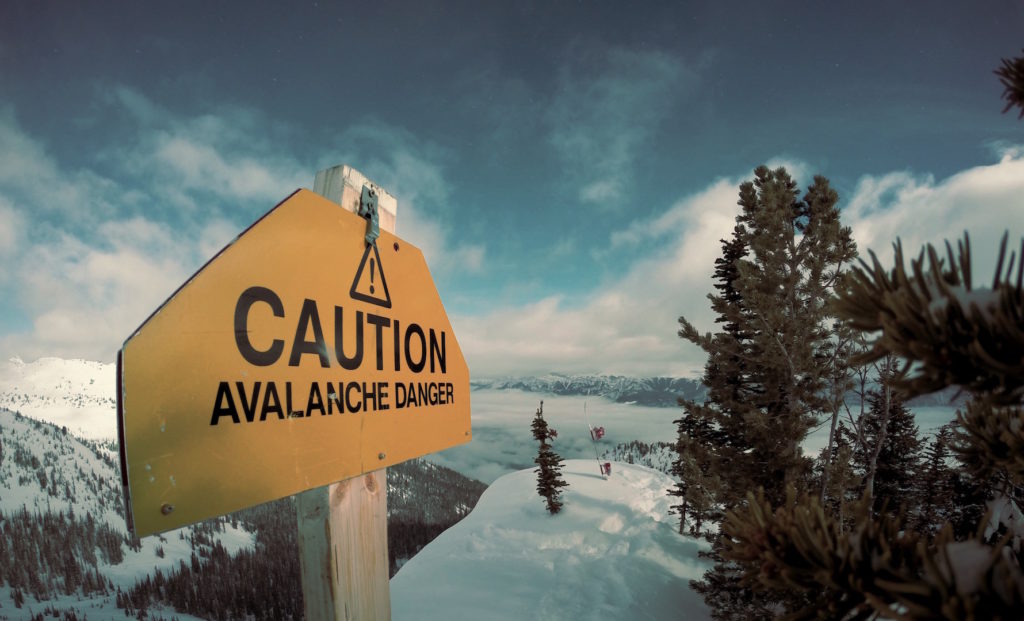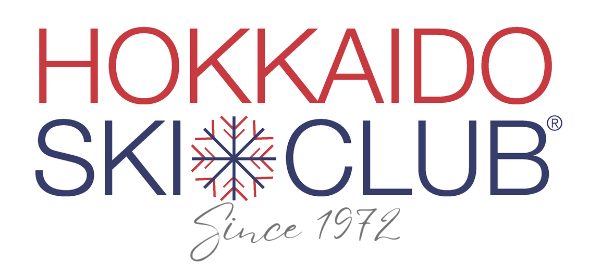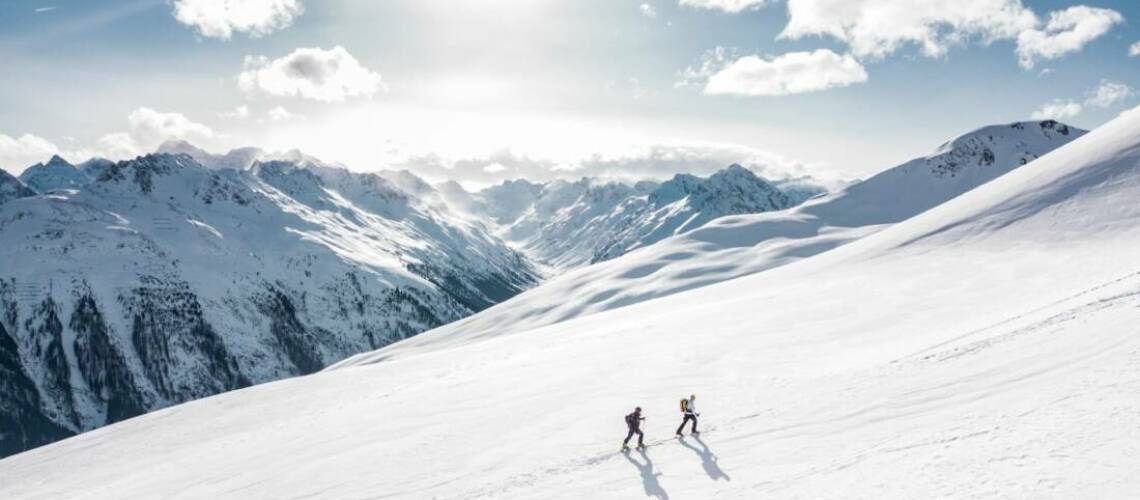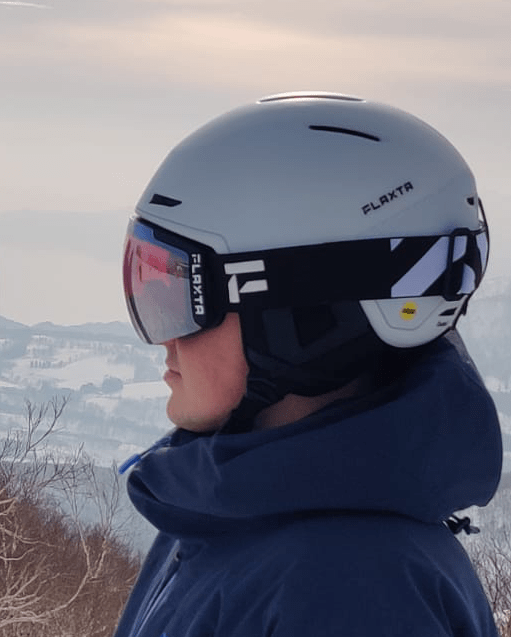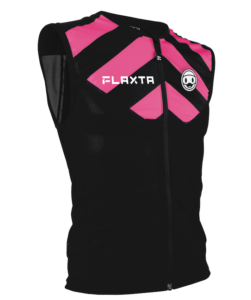Protective Gear
Helmets
We all know that if we’re out on a motorcycle, bicycle or skateboard, we should be wearing a helmet. It can protect you from injury, in particular concussions. Like the road, it can be just as dangerous on the mountain.
Severity of head injuries have declined significantly since the number of people wearing helmets has increased. Over a 17 season period (1996-2012), the number of people wearing helmets increased from 8% to 84% according to ATSM international, and this has corresponded with a significant reduction in head injuries.
It is important that you choose a helmet that fits your head snugly and properly. The helmet needs to sit evenly on your head when the buckle is fastened, not rock from side to side, and not be too loose. A loose helmet won’t protect your head adequately and will often obstruct your vision. So make sure you try on the helmet before you buy to ensure it fits securely.
Resort requirements
Every resort has their own policies regarding wearing of helmets. Always check the resort rules before heading out. In Niseko, Japan, helmets are required for all skiers and snowboarders who head out through the gates of the backcountry. Within the resort helmets are not mandatory. However, we strongly advise you wear one for your own safety. Not only will your head be protected but you feel a greater sense of confidence that will encourage you to get the most out of the mountain. Helmets will also keep the snow off your head and secure your goggles in the right place, leaving your head dry and warm.
Wrist guards
Wrist guards are used more by snowboarders rather than skiers. Placed over the hand and strapped around the wrist, they help to protect the bones in the wrist. It is common for snowboarders who are initially learning to use their arms when picking themselves up off the ground. Wrist guards can help provide support and lessen the fatigue caused from the continuous movement of pushing the body weight up. They can also protect the wrists when falling over, which happens a lot during the early stages of learning.
Back protectors
Spinal injuries, along with head trauma, are one of the main injuries that occur to skiers and snowboarders. Resulting from situations such as falling over badly from travelling at high speeds or collisions on the mountain, injuring your back or spine can put you out of action for several months.
Wearing protective gear such as back protectors is encouraged to avoid such injuries. Although it may not necessarily stop an injury from happening, a back protector can absorb some of the force from impact. Thereby greatly reducing the severity of injury.
With an increasing number of people skiing and snowboarding and being on the mountain, it is important to start wearing appropriate protective equipment. It may feel clunky at times but ultimately, it will protect you from injury. The snow may look powdery and soft, or the slope may look empty but you never know what might be lurking underneath or who is just around the corner.
Know your abilities
We all like to try new runs when on the mountain, but it is always important to know your own skill level. Runs are rated according to different difficulty levels and you can usually find this information on the resort map. It is important that you go on runs that are within your own ability to avoid injury to yourself, and to others. In Niseko and across Japan, the difficulty of runs are classed into 3 categories. Green, Red and Black.
- Green runs are the easiest slopes on the mountain and suited to beginners as the runs are usually well groomed, wide and only mildly steep.
- Red runs are intermediate level runs with slopes at greater inclination and narrower than beginner green runs. Red runs in Japan are equivalent to blue runs in Europe, Canada and America; in comparison to Red runs in Europe, Japanese red runs are generally easier.
- Black diamond runs are advanced runs for experienced skiers and snowboarders. These slopes have heavily steeped, may be ungroomed and have unexpected features such as trees.
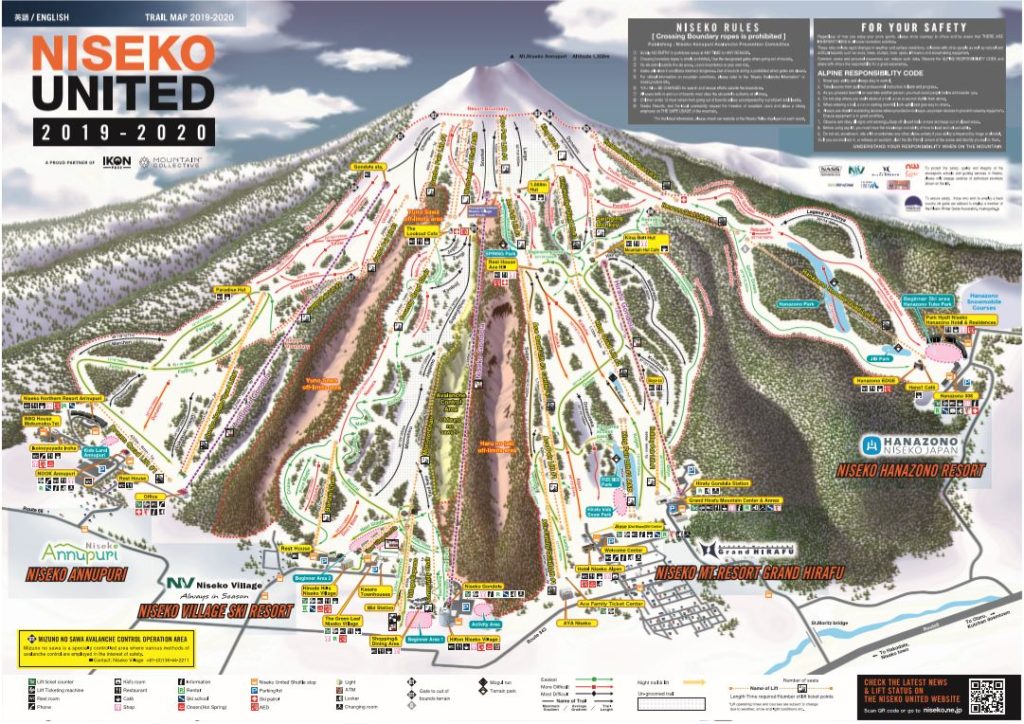
Rarely found in Japan but worth mentioning nevertheless, double black diamond runs are more difficult than black diamond runs and are intended for expert skiers and snowboarders. They are considered to have hazards such as exceptionally steep slopes, narrow trails and chutes, obstacles such as deep drops and exposure to wind.
Identifying the level of difficulty of a run before you head down can ensure that you have both a safe and fun time on the mountain. There is nothing worse than finding yourself stuck and unable to move from fear of not knowing how to manage the obstacle in front of you. Going on runs that are appropriate for your ability level builds your confidence and hones your skills, setting you up for success in tackling the next level up. If you are unsure which runs are appropriate for your skill level, speak to your instructor. They will be able to advise which level you are at and show you the runs you are likely to enjoy the most.
Follow the rules of the mountain
Staying safe on the mountain is the most important priority for every resort’s management. With snow and weather conditions always changing, the resort’s staff will ensure that safety checks are conducted and runs on the mountain are appropriately maintained. Any areas that pose a threat or danger are closed off.
Every ski resort has its own set of rules that provide directions on where you can go and how you are to conduct yourself. It is important that you are aware of these rules and respect them before heading out onto the mountain. They have been put in place to ensure your safety; if you ignore them, you are compromising your own safety and putting your life at risk. The mountain is always bigger and more powerful than you. Be smart and follow the directions of the resort staff. If you are unsure of how to navigate yourself on the mountain, hire a Hokkaido Ski Club instructor or guide who can take care of you.
